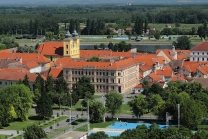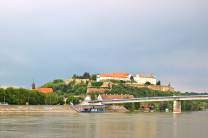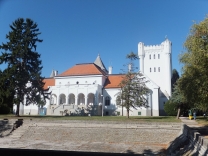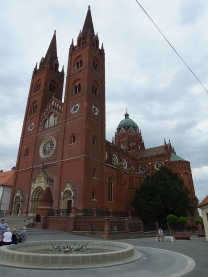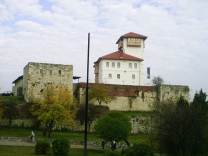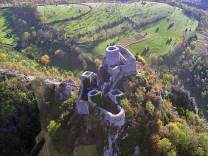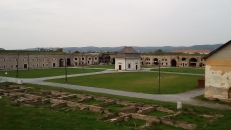Bač Fortress
Bač Fortress (Serbian: Бачка тврђава, Bačka tvrđava) is a medieval fortress in Serbia, Vojvodina. It is located in the town of Bač, in the Bačka region.
Founded by the king Charles Robert I, the fortress was the most important Hungarian rampart against the invading Ottoman forces and today is the best preserved medieval fort in Vojvodina.
History
Origin
According to chronicles, the Avar fortress, which existed in 873 in Bač, predated the later fort. It was inhabited by both Avars and Slavs. The Hungarian King Stephen I founded the Bač County, and at the turn of the first millennium Bač was already a well built and fortified town, connected to the Danube by the river Mostonga. During the Árpád dynasty, Bač became not only the ecclesiastical seat of the Archdiocese, but a royal city, where nobles and rulers came to their councils and assemblies. In the twelfth century Bač fortress is first mentioned in written sources.
At the head of Bačka county there were governors appointed by the king. Until the Mongol invasion in 1241, the governors were the managers of the area. They collected donations, set up military and civilian commanders. In addition to the governors of the fort there were also lower prefects, judges, and military personnel. Since the twelfth century, the custom of annual royal visits to the fort was established.
Construction
At the beginning of the fourteenth century a dynasty change occurred in the Kingdom of Hungary. and the town prospered during the rule of king Charles Robert I, who started building the modern fortress in 1338–42. The new town (fortress) on Mostonga had the quadrangular tower with six floors, important for the defense of the city. Originally there were 8 towers, various chambers of the county manager, a chapel, guard towers, kitchen, water well, barn, and various other premises, the remains of which stand today.
The fort and the town developed as Bač was the major crossroad at the time. Roads from and to Europe, the Balkans and the Mediterranean all crossed here, and the tall central tower allowed the overseeing and control of the...






